

— Blogs —
—Products—
 Consumer hotline +8618073152920
Consumer hotline +8618073152920 WhatsApp:+8615367865107
Address:Room 102, District D, Houhu Industrial Park, Yuelu District, Changsha City, Hunan Province, China
Product knowledge
Time:2024-10-19 12:50:11 Popularity:313
A weather station is a scientific facility used to observe and record atmospheric conditions. The following is a detailed explanation of a weather station:
-Definition: A weather station, also known as an automatic weather station or Meteorological Station, is a device specially designed to collect, analyze and process meteorological data.
-Function: Long-term, continuous monitoring and data collection of meteorological elements such as temperature, humidity, air pressure, wind speed, wind direction, rainfall and other meteorological elements in the atmospheric environment through a variety of sensors and measuring devices. These data are processed and analyzed to provide important support for daily weather forecasting, meteorological research, climate change monitoring, agricultural production, aviation and navigation safety and other fields.
-Composition: weather station is generally composed of sensors, data collectors, data processing and storage systems, communication equipment and power supply.
-Weather Sensors: responsible for measuring various meteorological elements, such as temperature, humidity, air pressure, wind speed, wind direction, rainfall and so on.
-Data collector: responsible for centralized collection of data collected by sensors and transferring the data to the data processing and storage system.
-Data processing and storage system: responsible for processing, analyzing and storing the collected data.
-Communication equipment: responsible for transmitting the processed data to the remote data center or user end.
-Power supply: provides stable power supply for the weather station to ensure the normal operation of the weather station.
-Working Principle: The sensors transmit the measured weather data to the data collector through signal lines, and the data collector transmits the data to the data processing and storage system for processing and analyzing. Then, the communication equipment transmits the processed data to the remote data center or the user side for users to view and use.
-According to the use and installation: weather station can be divided into portable weather station, high-precision weather station, highway weather station, forest fire risk weather station, and campus weather station, electric power weather station, photovoltaic weather station, scenic weather station, community weather station and so on.
According to the accuracy: it can be divided into high-precision weather station and other types of weather station.
-According to the deployment mode: it can be divided into fixed weather station and portable weather station. Fixed weather station is fixed at a certain location for a long time to carry out meteorological observation, while portable weather station is compact and easy to carry, convenient to move to different locations for observation.
-Application Scenario: Weather stations are widely used in meteorological observation, agricultural production, aviation and navigation safety, environmental monitoring, transportation, military, hydrology, polar expedition and other fields.
-Deployment location: Weather stations are usually deployed in airports, weather stations, scientific research institutions, schools, farmland, islands, mountains and other locations where weather data needs to be monitored. In addition, with the development of technology, unattended automatic weather stations are becoming more and more popular, and they can be deployed in remote areas or harsh environments, such as deserts and polar regions.
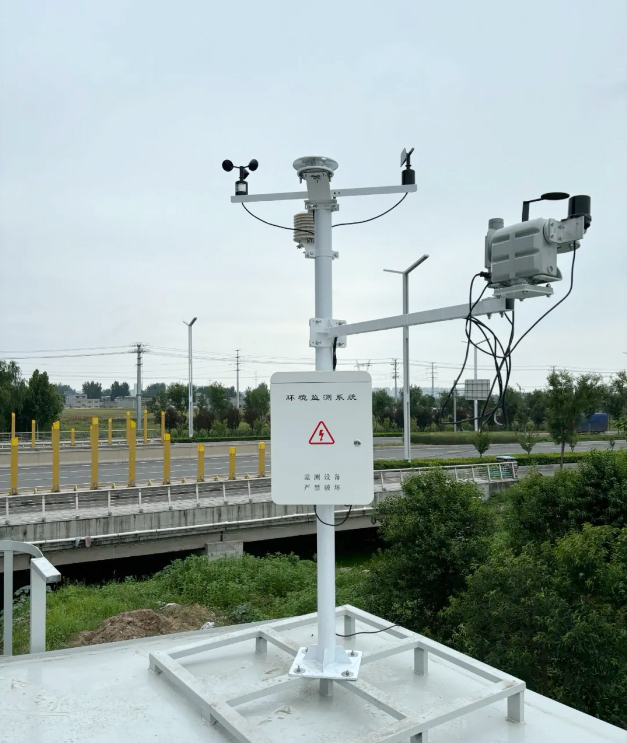
-Providing meteorological data: weather stations provide people with timely and accurate meteorological data to help them better understand the weather conditions.
-Supporting weather forecasting: The data of weather stations is an important basis for weather forecasting, which provides accurate weather intelligence and forecasting services for meteorological departments.
-Supporting scientific research: data from weather stations also provide important support for meteorological research and climate change monitoring.
-Promote economic development: In the fields of agricultural production, aviation and navigation safety, the data from weather stations also play a vital role in promoting the stability and development of the economy.
Choosing a good weather station requires consideration of several factors to ensure that it will meet your specific needs and expectations. Here are some key steps and considerations:
- Determine what your purpose is for monitoring weather data (e.g., scientific research, agriculture, education, personal interest, etc.).
- Determine what meteorological parameters need to be monitored (e.g., temperature, humidity, wind speed, wind direction, barometric pressure, precipitation, light, etc.).
The accuracy of meteorological data directly affects the accuracy of decision-making. Therefore, when choosing a weather station, pay attention to its measurement accuracy. Professional-grade weather stations usually have high measurement accuracy and can meet the needs of various application scenarios. You can check the technical specifications of the equipment, calibration certificates and relevant quality certification and other information to understand its measurement error range.
Weather stations need to operate stably for a long time to provide continuous data support. Therefore, when choosing, pay attention to its stability and reliability. Selecting weather stations that have been rigorously tested and have stable performance can ensure the accuracy and reliability of data.
Data accuracy is the key to selecting a weather station. In addition to considering the measurement accuracy, it is also necessary to understand the working principle and technical characteristics of the sensor, such as the type of sensing element of the solar radiation sensor, temperature compensation technology, etc. These factors will affect the accuracy of the data. At the same time, a higher acquisition frequency can reflect changes in meteorological conditions in a more timely manner, which is very important for real-time monitoring and control. Therefore, when selecting a weather station, its data accuracy and acquisition frequency should be evaluated according to specific needs.
Weather stations are usually installed in outdoor environments and need to withstand a variety of harsh weather conditions. Therefore, the equipment should have a good environmental adaptability, including the shell of the protection level, the sensor's anti-interference ability, the stability of the electrical system. For example, the shell should have a waterproof, dustproof, corrosion-resistant function, the sensor should be able to work in harsh environments and is not susceptible to external interference.
The overall life of the equipment and the service life of key components is also a factor to consider when choosing a weather station. Selection of equipment with a long service life can reduce maintenance costs and replacement frequency, improve the reliability and stability of the system. It is also important to consider the long-term cost of using the equipment, including maintenance costs and data service costs.
The stability and reliability of data transmission is crucial for weather stations.
- The wired transmission method usually has high data transmission stability and reliability, but it needs to lay cables and has high construction costs.
- Wireless transmission method has the advantages of easy installation and high flexibility, which can avoid the trouble of wiring. When choosing the wireless transmission method, you need to consider the local network coverage, signal strength, data transmission delay and other factors.
- At the same time, the device should support the local storage of data and remote storage, so that the data will not be lost in the event of equipment failure or network interruption.
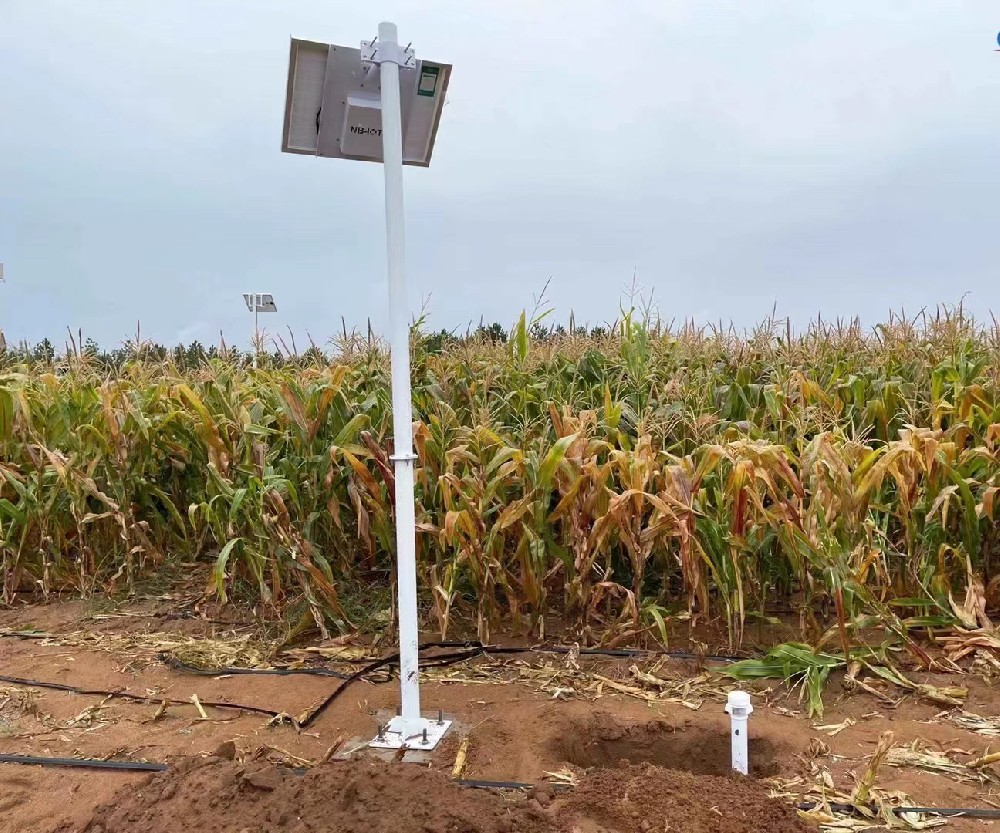
Some advanced weather stations have data analysis and processing functions, which can analyze, count and predict the collected data in real time. These functions can provide support for weather monitoring, early warning and decision-making. Therefore, when choosing a weather station, you can consider whether it has these functions.
Choosing a manufacturer with good reputation and qualification can guarantee the quality and performance of the product. You can check the manufacturer's official website, product reviews, customer cases and other information to understand the manufacturer's production experience, technical strength and market reputation.
- Check different brands of weather stations to understand their reputation, user reviews and product performance.
- Compare different models of weather stations to check their functions, sensor types and quality.
Good after-sales service and technical support is an important guarantee to ensure the long-term stable operation of the weather station. Before buying the equipment, it is best to sign a clear after-sales service agreement with the manufacturer to clarify the responsibilities and obligations of both parties. At the same time, it is also necessary to understand the manufacturer's technical support capabilities, so that in the event of equipment failure or the need for maintenance can be timely help.
According to the budget and needs of the project, choose a weather station with reasonable price. Do not just pursue a low price and ignore the quality and performance of the equipment. Also consider the long-term cost of using the equipment and the economic benefits brought about by accurate weather monitoring and data analysis.
Cost-effective: On the basis of meeting all the above conditions, compare the prices of different brands and models, and choose a product with high cost-effectiveness. Be careful not to make a decision based on price alone; long-term reliability and maintenance costs are also important.
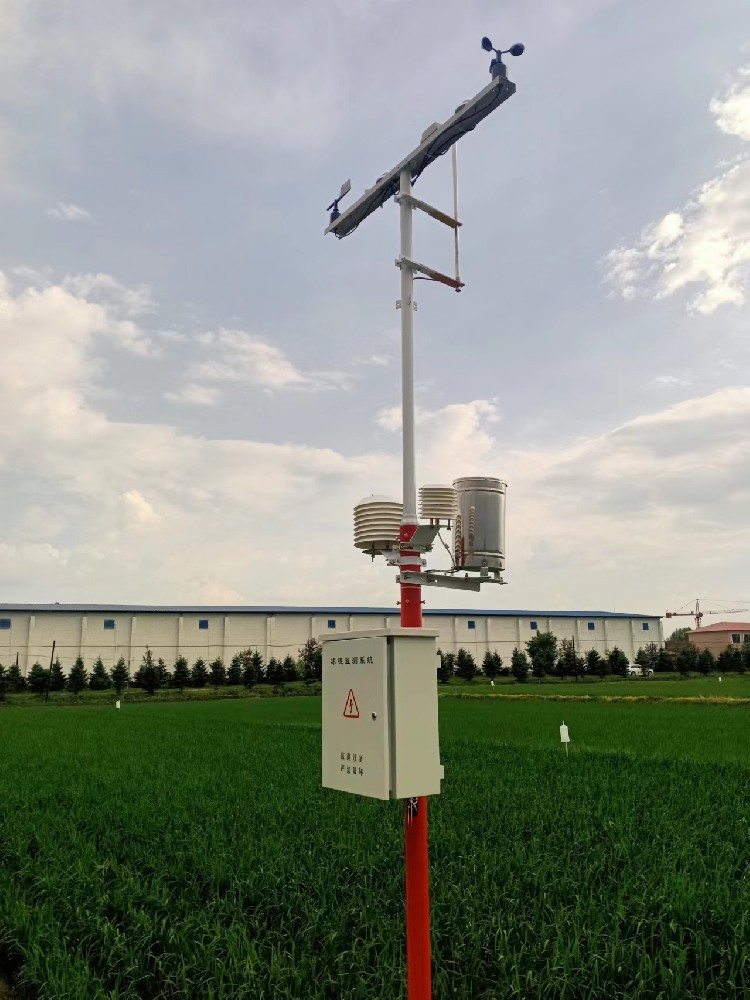
- Consider the energy requirements of the weather station, whether an external power supply is required or whether solar power can be used.
- Consider whether additional sensors will need to be added or equipment upgraded in the future.
- Customization capabilities: Select a vendor that can provide customized solutions based on specific needs, such as sensor selection and system configuration.
- If possible, view the equipment in person or visit locations where it is already in use.
Study reviews and success stories from other users to understand how the equipment performs and is reliable in real-world applications.
With the above steps, you can shortlist the weather stations that meet your needs and ultimately make an informed choice. Remember that choosing a weather station is an investment decision, so the selection should take into account the long-term usage and maintenance costs.
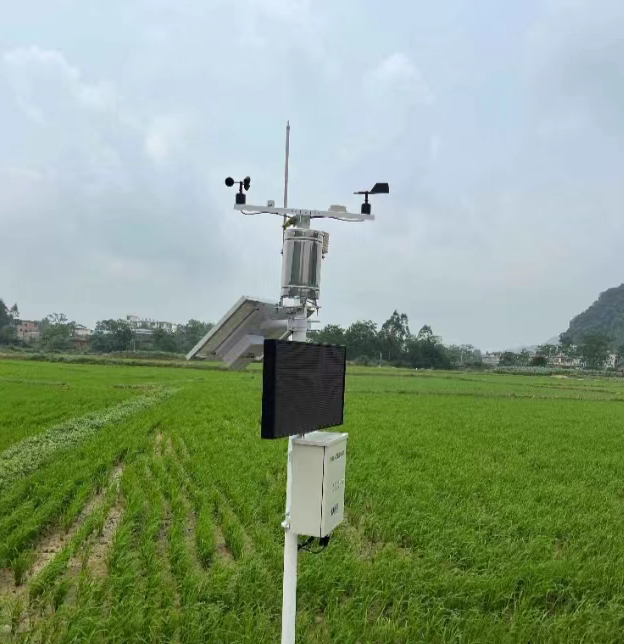
Of course, going further, we can explore how to specifically evaluate and test the performance of the selected weather station and how to ensure its long-term stable operation:
- Calibration report: Ask the supplier to provide the calibration report of the sensor to ensure the accuracy at the factory.
- Response time: Find out how fast the sensor responds to changes in the environment, which is particularly important for rapidly changing meteorological conditions.
- Before purchasing, if possible, request a small-scale field test to observe the stability and accuracy of the data.
- Compare the test data with known reliable weather data sources to verify the accuracy of the measurements.
- Verify that the weather station supports seamless integration with existing systems or software, such as support for standard data transfer protocols (e.g. MODBUS).
- Consider the potential for increased monitoring needs in the future, and select equipment with expansion interfaces for adding more sensors.
- Check that the device complies with relevant safety standards and industry codes, such as electrical safety certifications and environmental standards.
- In specific environments, such as flammable and explosive areas, you need to ensure that the device meets the explosion-proof requirements.
- Evaluate whether it is possible to monitor and manage the weather station remotely through the network, including software upgrade and parameter adjustment.
- Ensure that there is a secure remote access mechanism to prevent data leakage or unauthorized operation.
- Ask whether the supplier provides operational training and technical support, especially for the use of complex systems.
- Ensure that detailed user manuals and online resources are available for routine maintenance and troubleshooting.
- Understand the vendor's maintenance policy, including spare parts availability, regular maintenance services, and software updates.
- Consider the life cycle cost of the equipment, including maintenance and possible upgrades.
- Delve into case studies provided by the vendor to see how the weather station has performed in similar application scenarios.
- If possible, contact existing users directly to get first-hand feedback.
The above steps allow for a more comprehensive evaluation and selection of the right weather station for a particular need, ensuring that it not only meets current needs, but also adapts to future developments and changes.
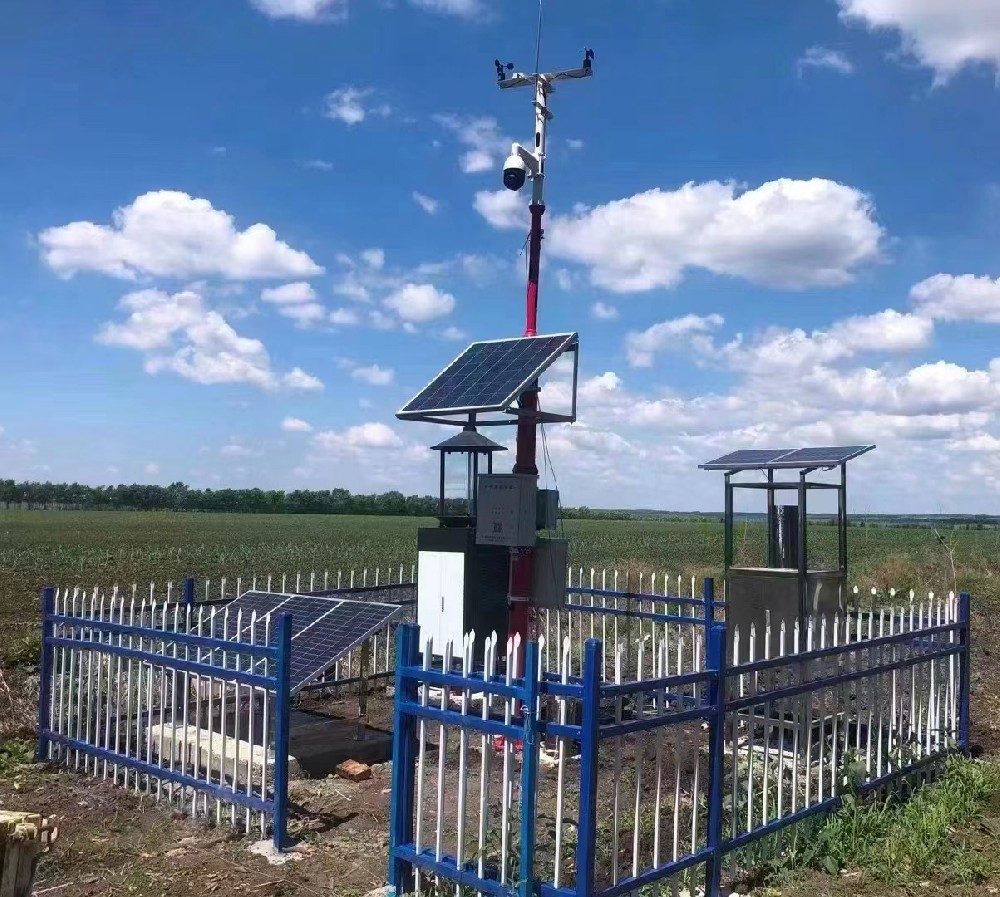
1. Decision-making based on price alone: Focusing too much on price and ignoring the performance, durability and after-sales service of the equipment may lead to increased operating costs or inaccurate data in the long run.
2. Neglecting environmental adaptability: Failure to consider the specific environmental conditions of the deployment location, such as extreme temperatures, humidity, wind and sand, etc., may lead to equipment damage or data distortion.
3. Neglecting data accuracy and calibration: Assuming that all weather stations are equally accurate without verifying the calibration and long-term stability of the sensors, which will affect the reliability of the data.
4. Over-reliance on standard configurations: Each application scenario has its own peculiarities, and complete reliance on standard configurations without proper customization may fail to meet specific monitoring needs.
5. Neglect of Post-Maintenance: Failure to consider long-term maintenance costs and convenience at the time of purchase, such as replacement of sensors, software updates, etc., may result in a poorly functioning system.
6. Risk of outdated technology: Choosing equipment only because of the latest technology without assessing its practical application value and compatibility, the new technology may be unstable or immature.
7. Inadequate field testing: Failure to conduct adequate field testing at the actual deployment site may result in poor performance of the equipment in a given environment.
8. Ignoring regulations and standards: Failure to comply with local or international standards such as the Regulations on Environmental Protection for Meteorological Facilities and Meteorological Detection may lead to legal issues or invalid data.
9. Over-complexity: Selecting systems with overly complex functionality in pursuit of comprehensiveness may be over-configuration for simple applications, adding unnecessary cost and management complexity.
10. Neglecting user-friendliness: Choosing a system with complex operation and unfriendly interface will increase the learning burden of operators and affect the efficiency of daily use.
Avoiding these misunderstandings ensures that the selected weather station meets the current needs and has good scalability and adaptability, while ensuring long-term stable operation and data quality.
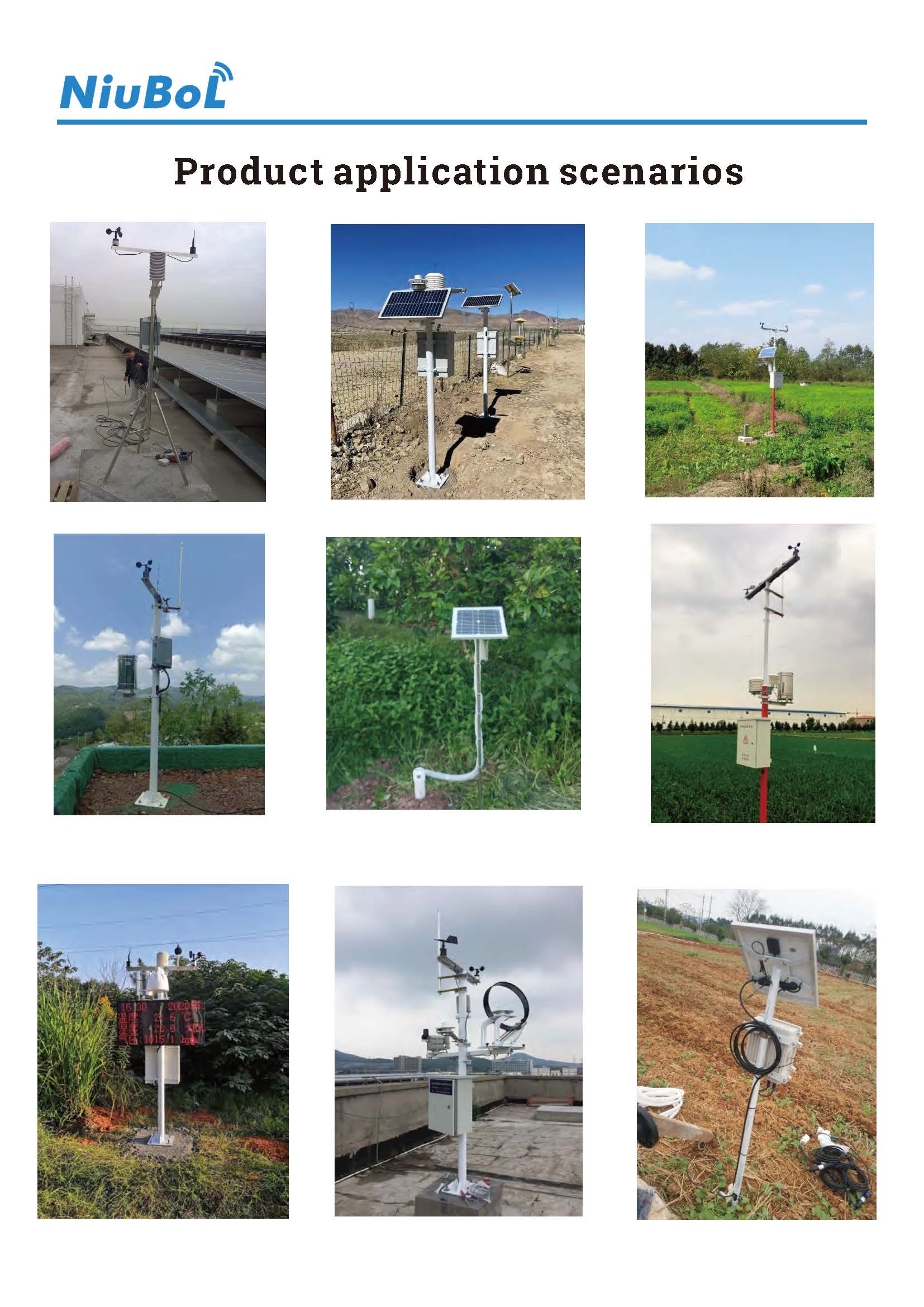
In summary, choosing a good weather station requires comprehensive consideration of several factors. By comparing and analyzing clear functional requirements, focusing on measurement accuracy, considering stability and reliability, evaluating data accuracy and collection frequency, considering environmental adaptability, equipment life and maintenance cost, data transmission and storage capacity, data analysis and processing functions, manufacturers' qualification and reputation, after-sales service and technical support, as well as price and return on investment, you can choose the weather station that best suits your needs.
Related recommendations
Sensors & Weather Stations Catalog
Agriculture Sensors and Weather Stations Catalog-NiuBoL.pdf
Weather Stations Catalog-NiuBoL.pdf
Related products
 Combined air temperature and relative humidity sensor
Combined air temperature and relative humidity sensor Soil Moisture Temperature sensor for irrigation
Soil Moisture Temperature sensor for irrigation Soil pH sensor RS485 soil Testing instrument soil ph meter for agriculture
Soil pH sensor RS485 soil Testing instrument soil ph meter for agriculture Wind Speed sensor Output Modbus/RS485/Analog/0-5V/4-20mA
Wind Speed sensor Output Modbus/RS485/Analog/0-5V/4-20mA Tipping bucket rain gauge for weather monitoring auto rainfall sensor RS485/Outdoor/stainless steel
Tipping bucket rain gauge for weather monitoring auto rainfall sensor RS485/Outdoor/stainless steel Pyranometer Solar Radiation Sensor 4-20mA/RS485
Pyranometer Solar Radiation Sensor 4-20mA/RS485
Screenshot, WhatsApp to identify the QR code
WhatsApp number:+8615367865107
(Click on WhatsApp to copy and add friends)